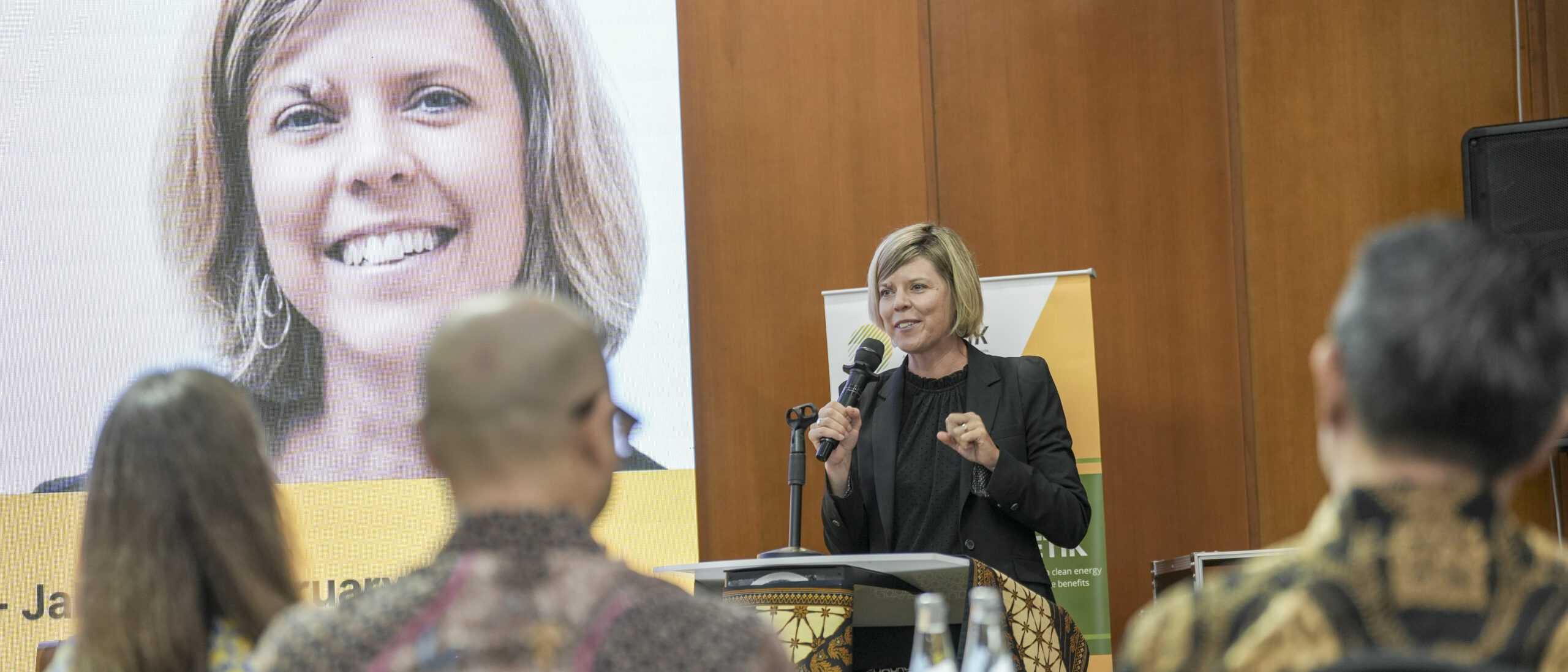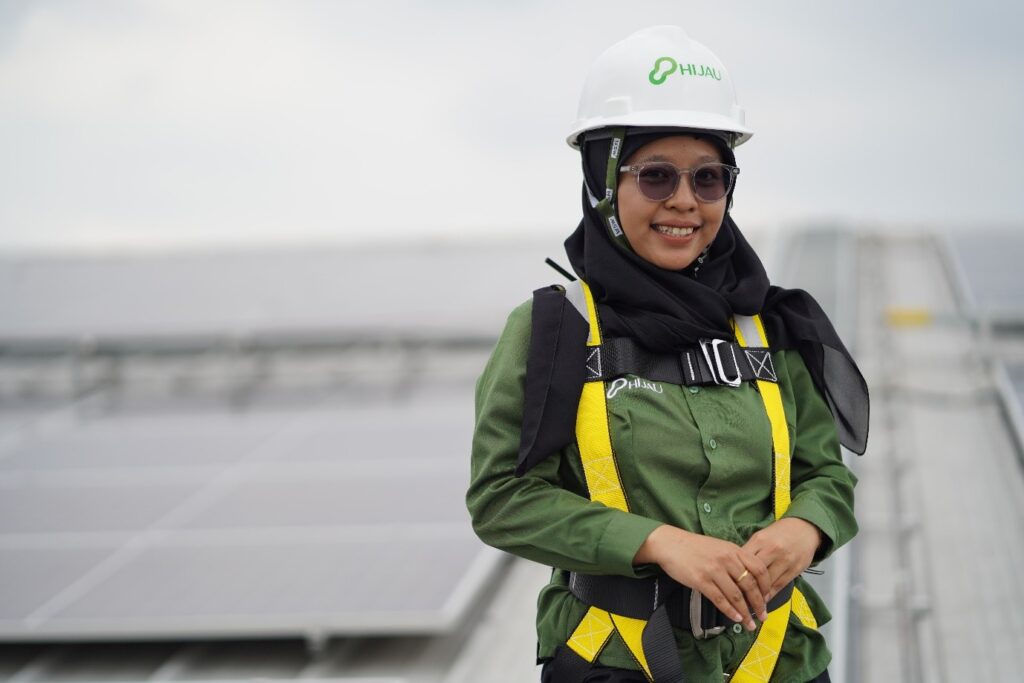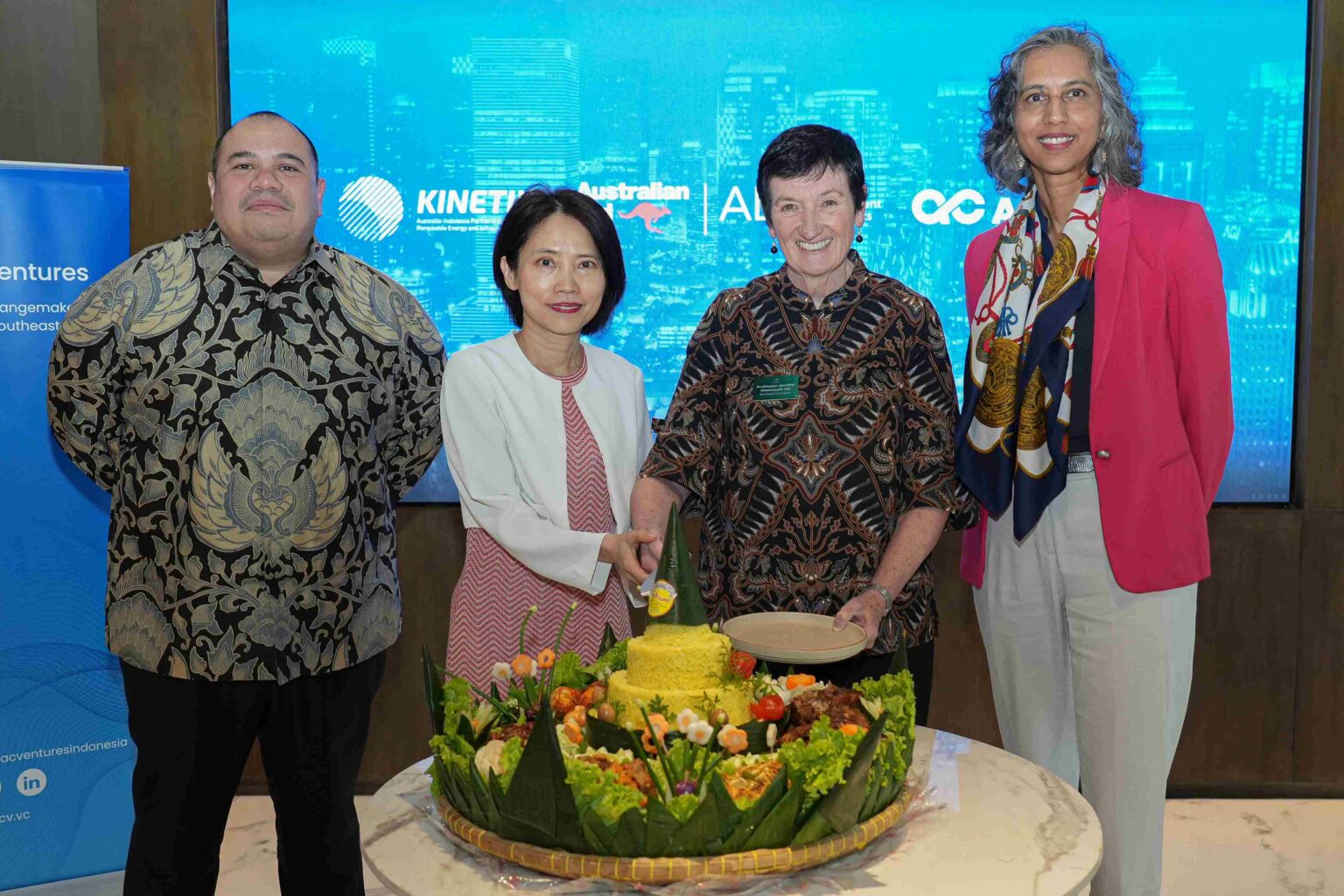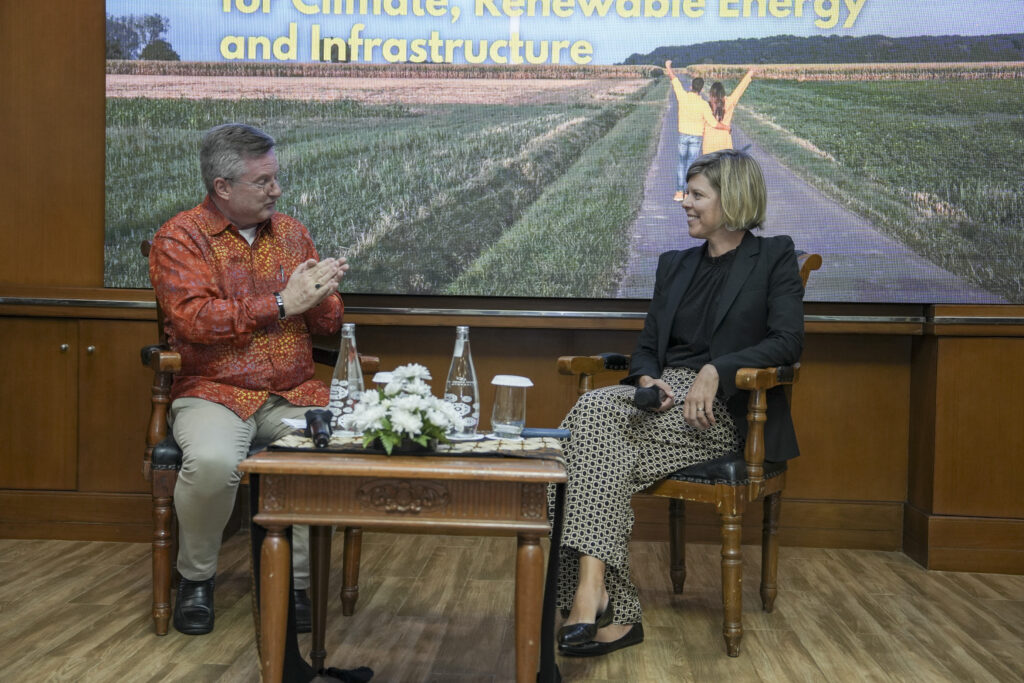
The CEO of the Australian Sustainable Finance Institute on pitching the idea of an impact investment fund to the Australian Government and her delight in seeing it unlock capital for Indonesian businesses.
‘These real examples build appetite to do more blended finance’: Kristy Graham
In 2016 Kristy Graham pitched the idea of an impact investment fund to the Australian Government that would harness the power of the private sector to support global development objectives.
Less than a decade later Australia’s $250 million impact investment fund – Australian Development Investments (ADI) – is a centrepiece of Australia’s development policy.
ADI has invested in funds that have provided financing to more than 30 Small and Medium Enterprises (SMEs) in Southeast Asia. For every dollar invested, ADI has attracted more than five dollars of additional investment from the private sector.
In February Graham – now the CEO of the Australian Sustainable Finance Institute – visited Indonesia where ADI has unlocked capital for several SMEs that improve the lives of communities.
These include Amartha, which provides business capital and financial literacy to female microentrepreneurs in rural parts of Indonesia, Hijau and Xurya, which install rooftop solar panels and ALAMI, which provides sharia-compliant finance to Muslims.

“It’s so exciting now to see the breadth and range of investments through ADI,” Graham says. “These real examples build momentum and appetite to do more blended finance.”
In March 2024, ADI announced it would allocate $50 million through KINETIK – the Australia Indonesia Climate, Renewable Energy and Infrastructure program – to finance clean energy SMEs in Indonesia.
This month it announced its first investment through KINETIK – a $US8 million anchor commitment to Indonesian venture capital firm AC Ventures’ Climate Strategy.
AC Ventures will invest in Indonesian SMEs in sectors including renewable energy, electric vehicles, energy efficiency, waste management and climate-smart agriculture with the aim of achieving a reduction of 10 megatons of CO2 emissions.

“Indonesia is such a vibrant, exciting economy, where you see impact and entrepreneurialism very much being combined,” Graham says.
“The force multiplier of impact investing and blended finance in particular, where you’ve got a small amount of public capital that takes risks and enables private capital to flow into areas achieving commercial returns as well as development impact is so valuable, not just for Australia, but also for Indonesia.”
While in Indonesia Graham discussed the role of the Australian Sustainable Finance Institute at the KINETIK Climate Finance Dialogue.

ASFI is a not-for-profit whose work focuses on getting large pools of capital from superannuation funds, insurance companies, banks and government to assets that will create environmental and social outcomes.
The institute is working with the Australian government to develop the Australian Sustainable Finance Taxonomy.
The taxonomy – which will be released in mid-2025 – is a tool that Australian companies, investors and the wider community can use to assess the green claims of economic activities and confidently invest in projects that advance net zero.
“What a taxonomy does is bring credibility and consistency,” Graham says. “Essentially it becomes a framework so that everyone is using the same definitions of what is green, which reduces the risk of green washing.”
Australia’s taxonomy will be the first in the world to include mining and critical minerals.
Graham says other taxonomies around the world had assumed that mining wasn’t a green activity but there was broad stakeholder support in Australia to include it.
“Obviously mining and resources are a critical contributor to Australia’s GDP, but they are also a critical enabler of the global transition.”
She says the taxonomy includes decarbonisation measures for mining as well as green criteria. Several other countries, including Chile, are now also looking to include mining in their taxonomies.
ASFI has been working with the Australian government to attract more institutional investment in Indonesia.
The institute is involved in the design of specific blended finance mechanisms and has discussed taxonomies with the Indonesian Government, which has its own taxonomy for sustainable finance.
“Both Australia and Indonesia have a big and important role to play in the global energy transition and can therefore be excellent destinations for international capital that are looking for those opportunities,” Graham says.
“I think there’s also opportunities for close alignment as we build and strengthen economic partnerships between the two countries.”
